When you hear the nameCoco Chanel, a few specific images probably come to mind.
Maybe it’s the instantly recognizable logo of two Cs linked together.
Perhaps it’s a bottle of the legendary Chanel No.
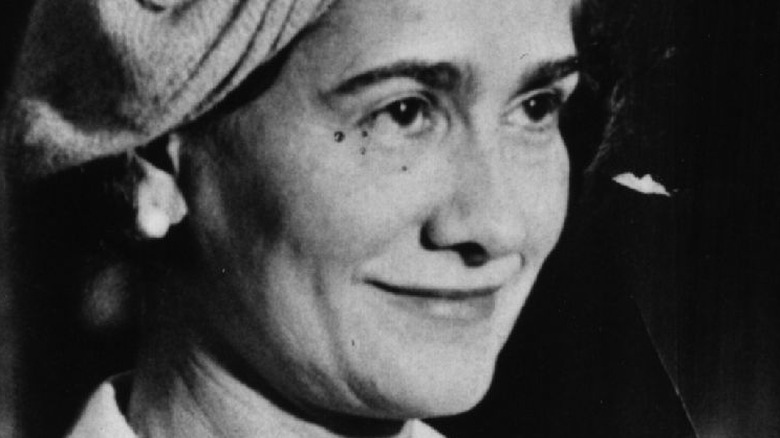
Maybe it’s the iconic black quilted crossbody bag that has become a staple of the fashion world.
Maybe it’s Jackie Onassis in that famous Chanel pink suit.
Or maybe it’s Marge Simpson in that same suit.
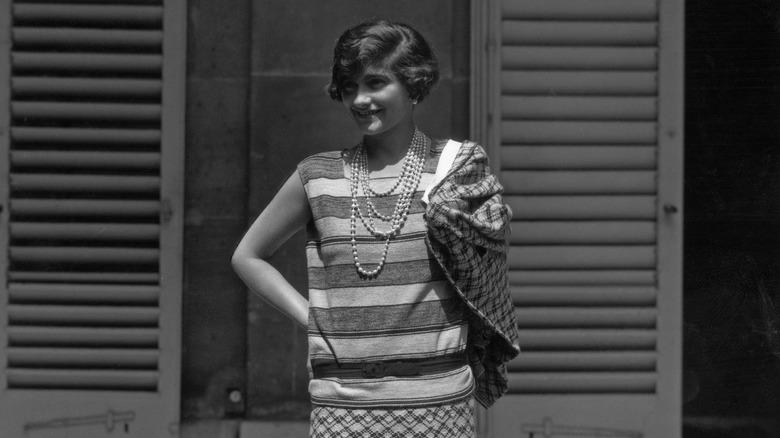
It has been just over a century since Chanel made her mark in the industry with a tiny shop.
Now, her name is synonymous with French simplicity and chicness.
Here are all of the ways Chanel transformed the industry throughout her career.
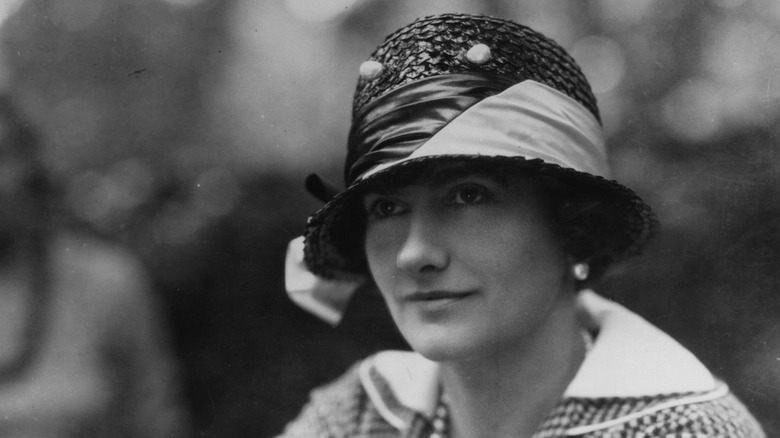
She was born in 1883 to unmarried parents.
Her father sold work clothing and hopped from town to town without any real home.
Chanel was raised in a Catholic convent orphanage after her mother’s death when she was 11.
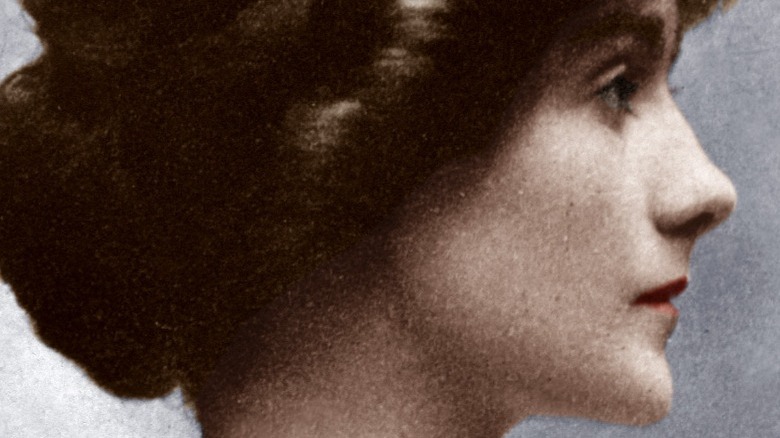
It was at the convent that she learned to sew (viaHeadspace).
Chanel’s childhood also gave her surprising inspiration for her future designs.
Her signature song, “Qui qu’a vu Coco?”
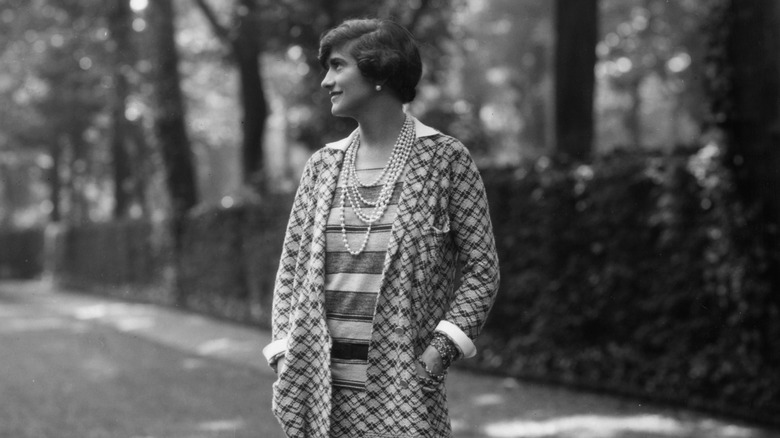
eventually led to her famous nickname.
Once again, these inauspicious beginnings were an important building block in her future career in fashion.
Thanks to the cafe, Chanel began to meet fashion executives and started moving in the right circles.
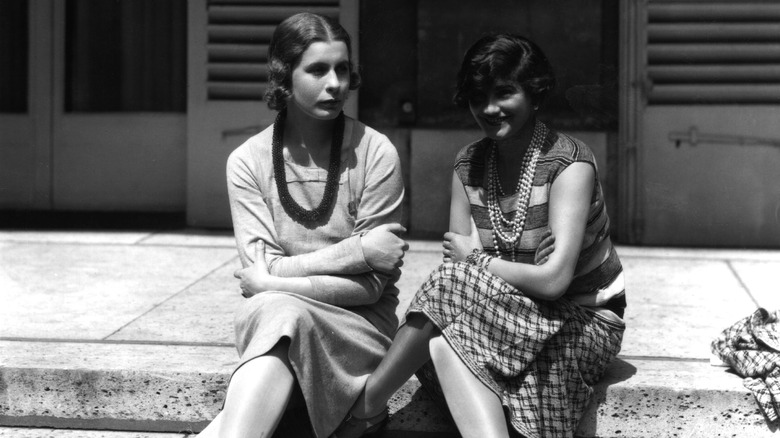
One executive was Etienne de Balsan, with whom she had a six-year relationship.
With de Balsan’s financial help, she eventually opened her first shop in Deauville in 1913.
Her new shop didn’t just sell hats, but sportswear made of jersey.
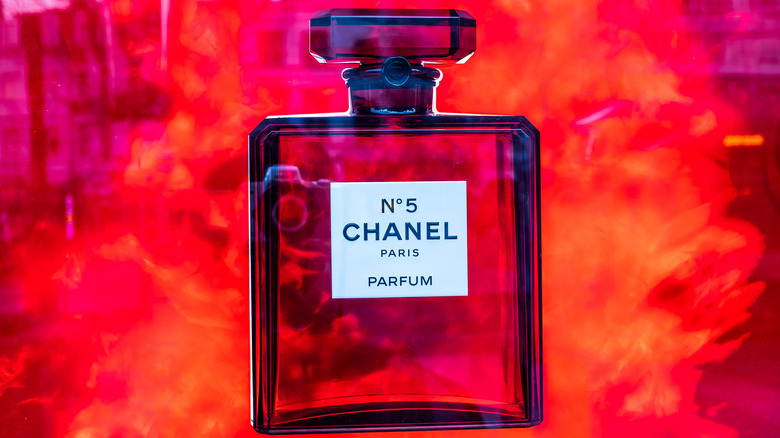
As Chanel’s fame grew, she expanded her business to include a couture shop in Biarritz in 1915.
With a new staff of 300, Chanel produced her first Haute Couture collection that year.
Her collection was a success.
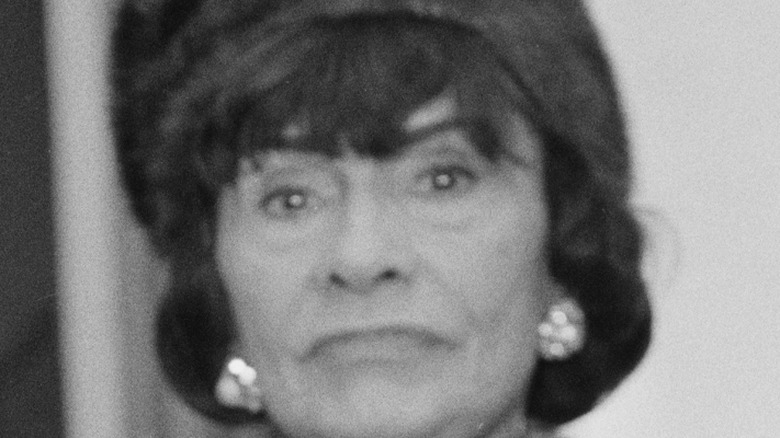
So, where did this dedication to simplicity come from?
Many believe her chic, simple style stemmed from her childhood.
AsTimereported in 1957, she “invented thegenre pauvreor poor look.”
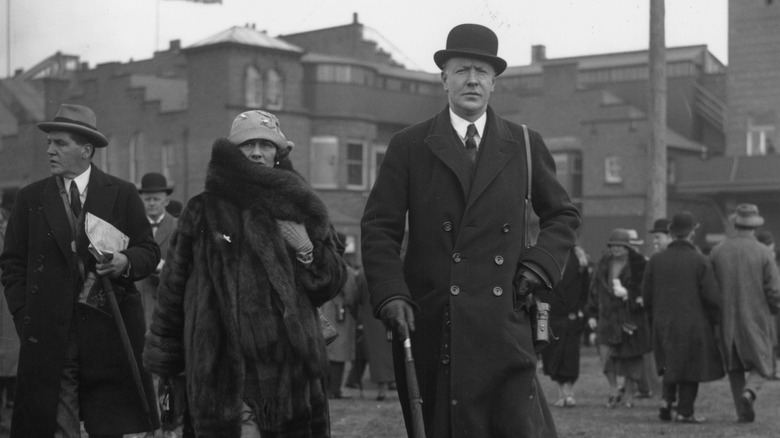
In fact, she helped to transform the idea that wealth was equivalent to style.
As Chanel herself put it, “Some people think luxury is the contrary of being poor.
No, it is the contrary of vulgarity.”
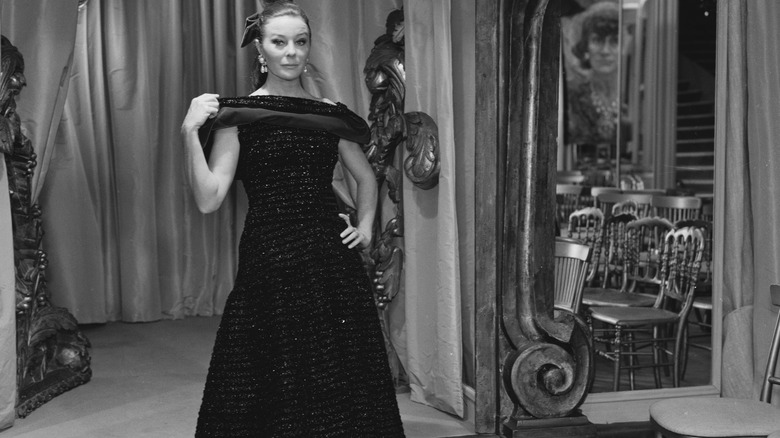
The “poor look” is still prevalent in fashion today.
She was also responsible for introducing trousers into women’s fashion.
However, until Chanel came along, they weren’t considered fashionable.
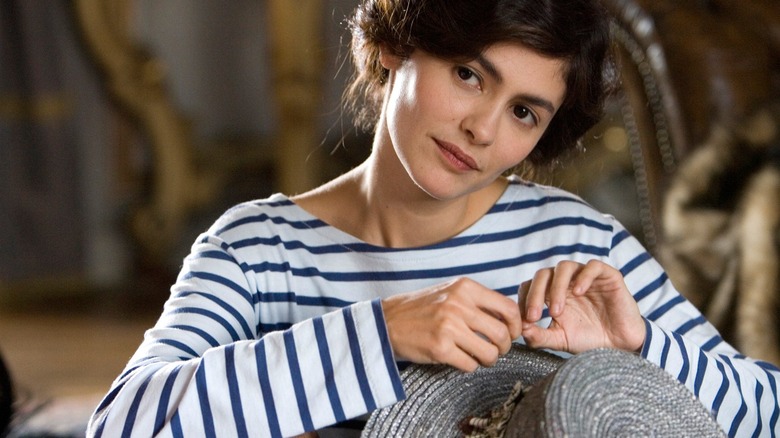
Chanel introduced the flowy beach trousers look in 1918 she called them “beach pajamas.”
Soon, everyone was wearing them.
In fact, the “beach pajama” look is still popular today (viaCosmopolitan).
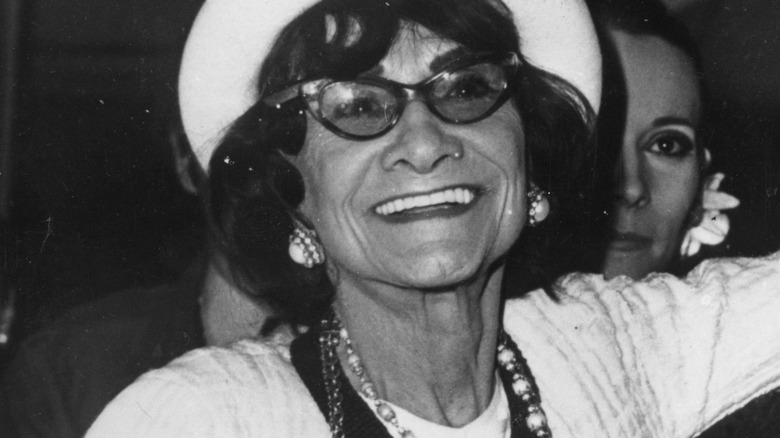
In 1921, she launched her first perfume the iconicNo 5.
The perfume was a collaboration with perfumer Ernest Beaux.
The perfume itself was different from women’s fragrances that had come before.
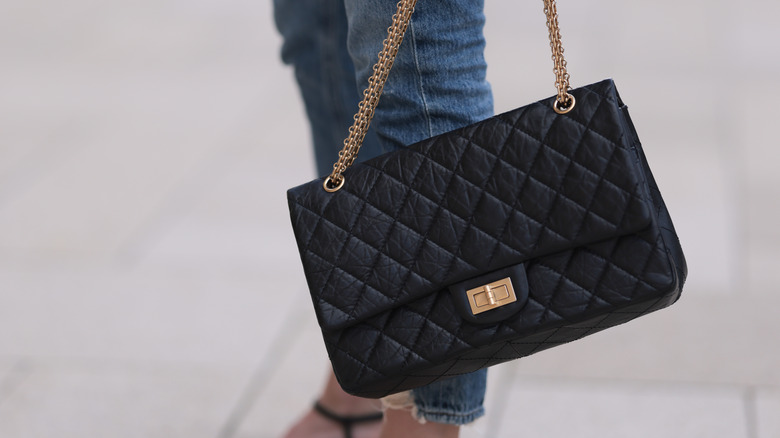
The result was a perfume that people described as “mature” and sophisticated.
Not only did No.
5 set a new bar for women’s fragrances, but it also became a legendary perfume.
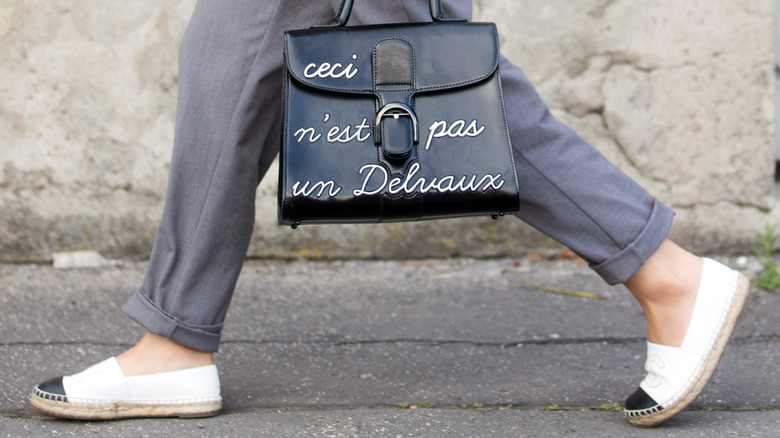
Marilyn Monroe famously said she went to bed wearing nothing but “a few drops of Chanel No.
As of 2020, it remained the world’s most popular perfume (viaLifestyle Asia).
AsFunding Universereported, when Chanel first launched her perfume empire, she made a deal with financier Pierre Wertheimer.
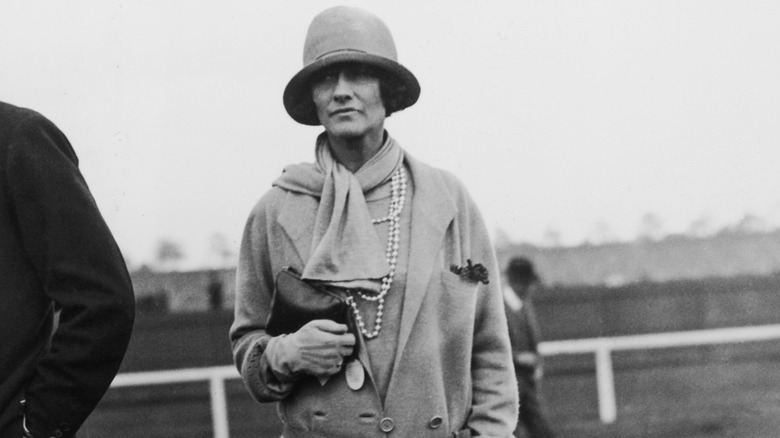
Eventually, Chanel realized that she wasn’t exactly getting the best deal.
This allowed Chanel to introduce her French fashions to a new British audience (viaPBS).
According to theEvening Standard, she launched a business in London’s Mayfair.
AsABCnoted, black had previously been a color for mourning.
At the time, many women were wearing black after the First World War and the Spanish flu.
So, Chanel created a chic, modern version of the mourning dress for women of the era.
The top was initially inspired by French naval outfits from the beginning of the 20th century.
Chanel included nautical stripes in her 1917 collection.
Since Chanel popularized the style, it has remained a staple of every chic wardrobe.
Many people credit her with beginning the trend of costume jewelry.
AsFemalenoted, Chanel often paired expensive jewelry pieces with cheap “costume” pieces.
In the 1920s, she began designing costume-inspired jewelry as part of her collections.
It was a direct contrast to her simple taste in clothing.
It must remain an ornament and an amusement.”
Some of her most famous designs included the 1927 Maltese cross and the 1954 “nest” earrings.
Chanel even started the trend of wearing necklaces draped over the back rather than the front.
Costume jewelry is still going strong to this day.
According toStatista, by 2026, the industry will reach a value of 60 billion U.S. dollars.
Yes, we are talking about that famous pink suit.
AsL’Officielnoted, the suit became a symbol of Jackie’s strength.
The suit was eventually donated to archives and is now in storage.
But the Chanel suit’s story began long before the 1960s.
Chanel first began to use tweed in women’s designs in the 1920s.
By the 1950s, she had come up with her first iconic tweed suit jacket.
There was even an entireepisodeof “The Simpsons” dedicated to the famous Chanel look.
The flap bag first came to be in February 1955, hence the name.
According toLifestyle Asia, the bag was initially made to imitate military flap bags that emerged in the 1920s.
As for the quilted design, that is likely also a reference to the outfits worn by stable boys.
As for the small front flap, rumor has it; it’s for storing love letters.
To this day, celebrities still can’t get enough of the 2.55.
Very French It-Girl behavior if you ask us.
Over the years, Chanel espadrilles have become a staple of the chic woman.
They were spotted on the likes of Audrey Hepburn and Lauren Bacall during the ’40s and ’50s.
And today, celebrities like Kendall Jenner, Katie Holmes, and Alessandra Ambrosio have their own pairs.
Looking back at Chanel’s legacy in the fashion world, it’s impossible to untangle her Nazi connections.
In fact, some experts believe her political history gives us some insight into her work.
She championed minimalism and the austere.
It’s very white European."
The actions that some have reported in no way represent the values of Chanel today.